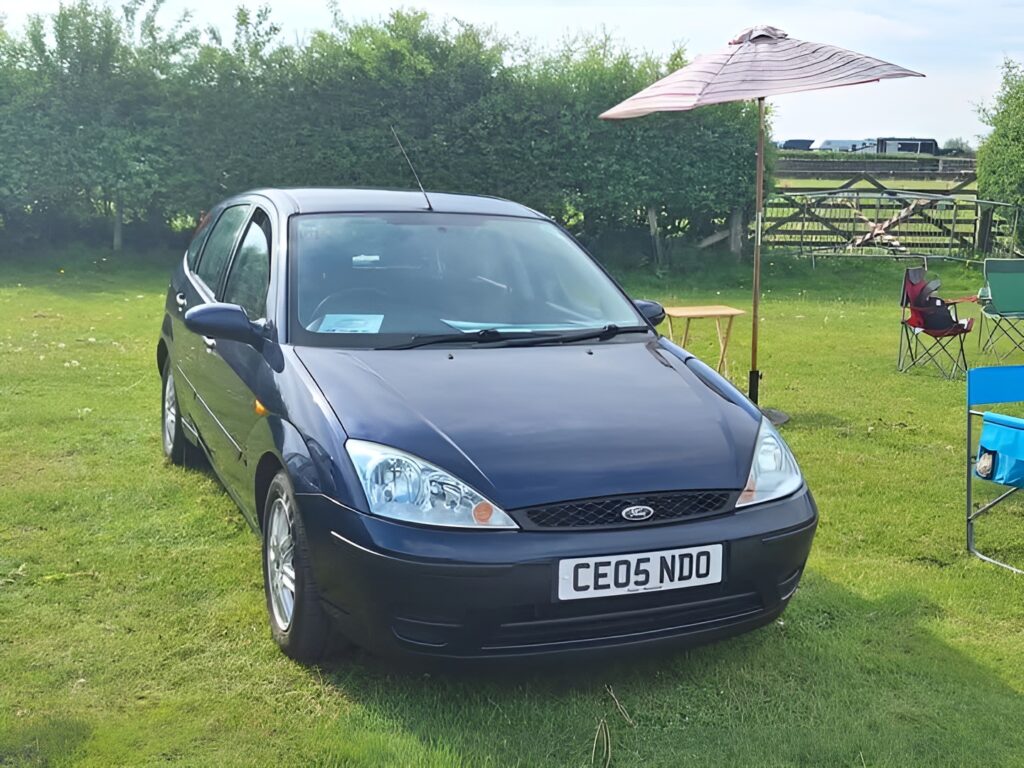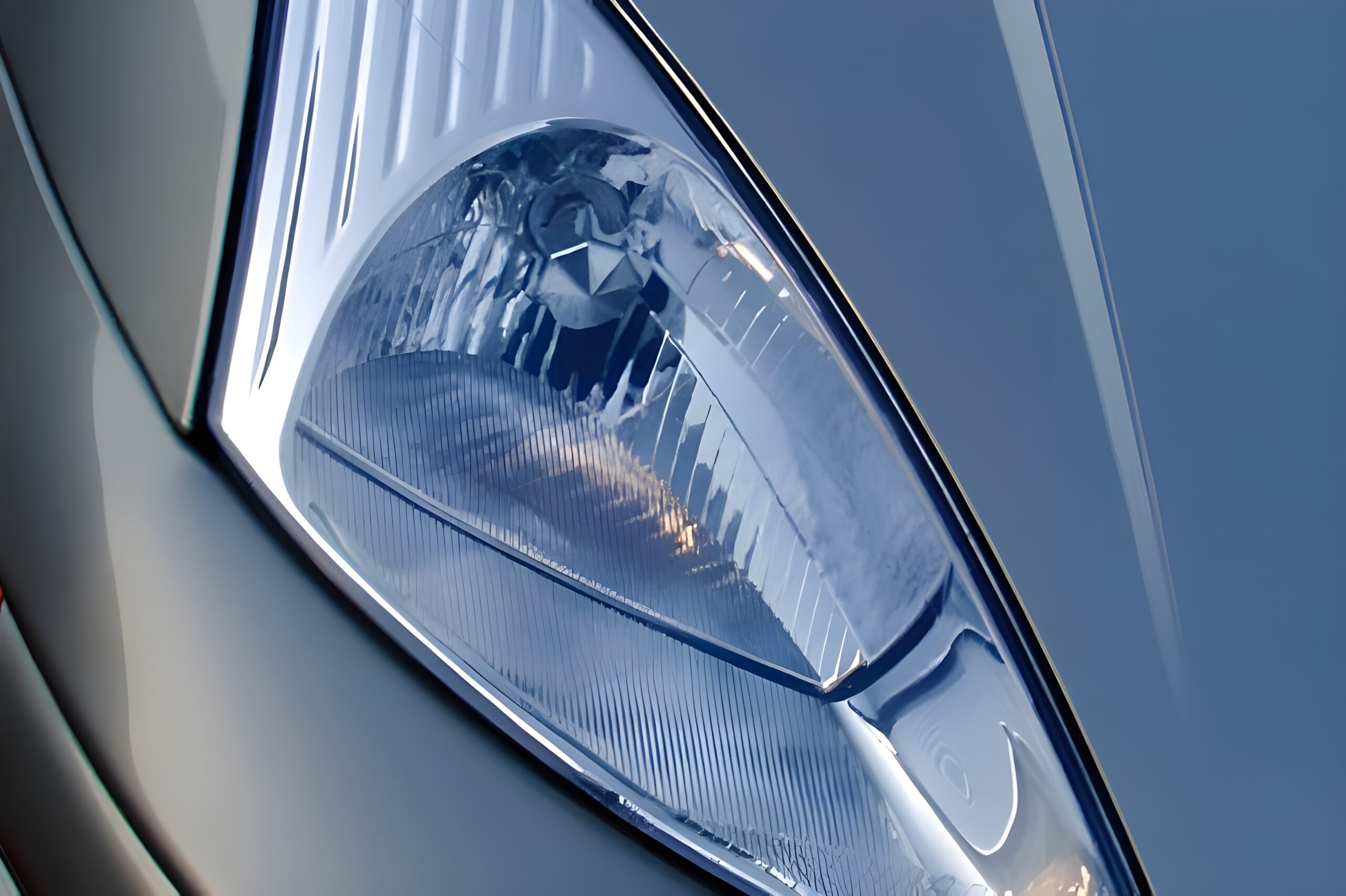Facelift Introduction
In October 2001 came a Facelift which introduced some cosmetic differences. The headlights came with integrated front indicators, the deletion of plastic sill covers, different front and rear bumpers with integrated bumper mouldings and a host of very small changes. Around the same time Ford launched the improved TDCI common-rail diesel engine which improved the performance, economy and refinement over the earlier TDDI. This period was a time of cost cutting for the model during it’s mid-life, material changes and subtle differences meant pieces of trim and components were cheapened that the customer would possibly not notice!
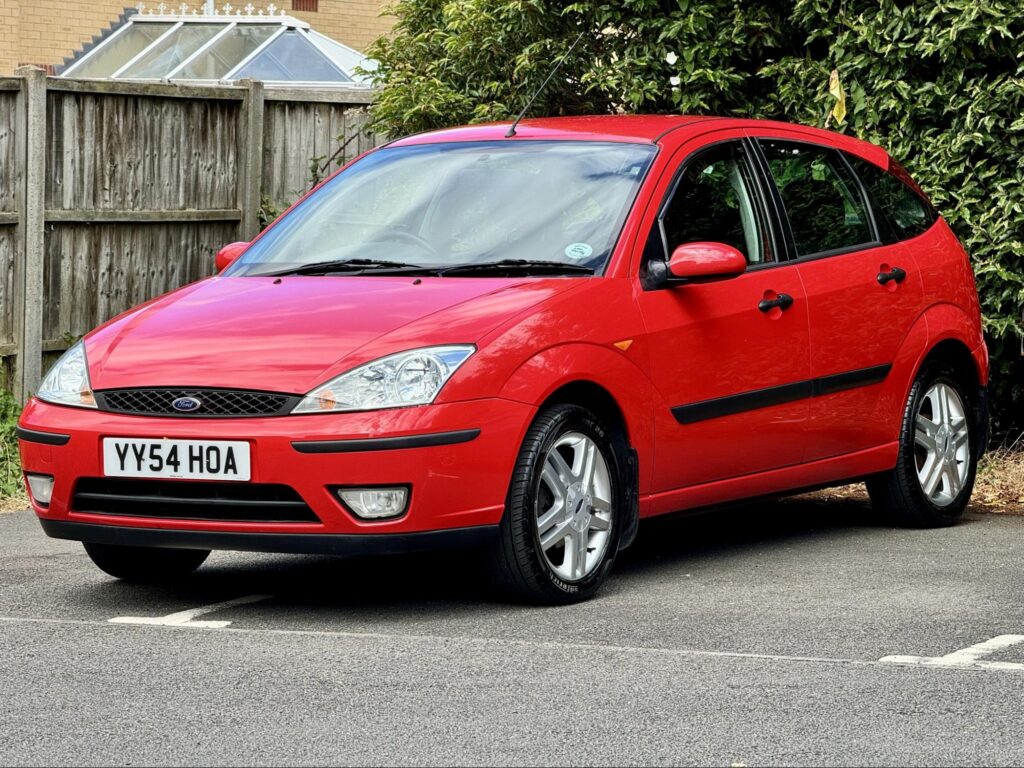
ST170 Launch
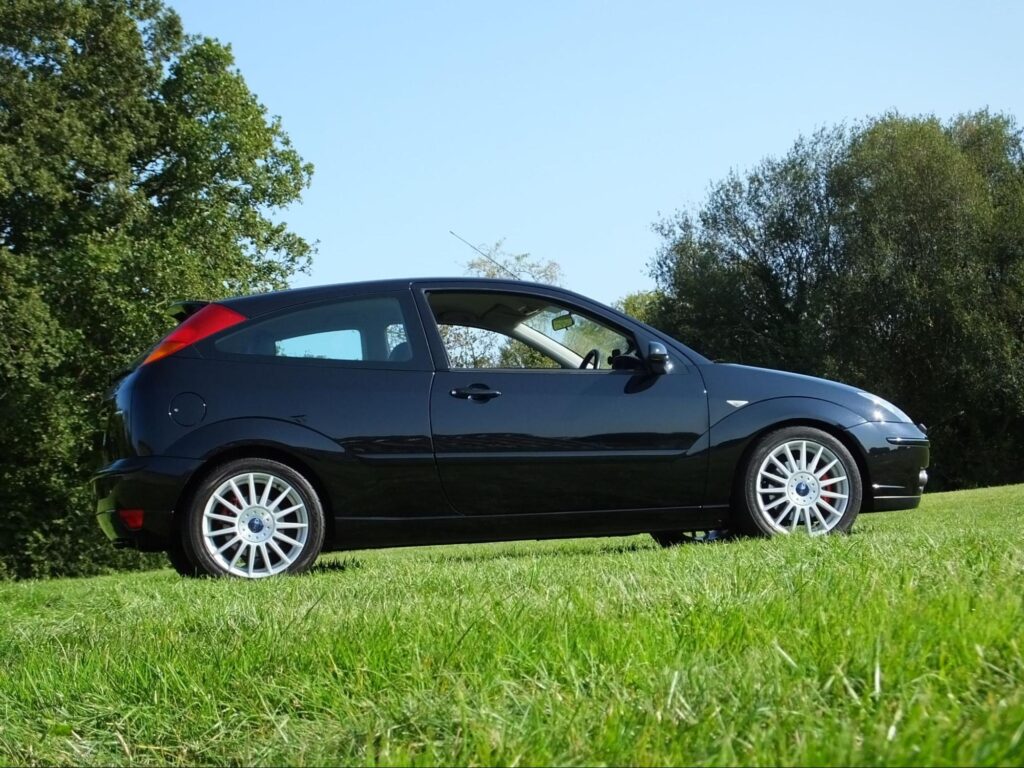
Following the short-lived Ford Racing Puma and launched alongside the Mondeo ST220 Ford planned for a Hot-Hatch version of the Focus, taking advantage of the dynamically capable chassis and sharp styling. In a joint engineering exercise with Ford engineers from North America (SVT) the project was eventually launched in March 2002 as a 3 door, 5 door or estate. The performance-orientated ST170 was launched to appeal to the more spirited driver, named for its 171 bhp 2-Litre “Duratec-ST” engine (a revised Zetec unit).
The Duratec-ST is essentially a Zetec engine in disguise with a Cosworth-designed cylinder head with larger inlet valves, stiffer valve springs and featured “Variable Valve Timing”. The pistons were also forged, a dual-stage inlet manifold breathed more life into the engine and an improved free-flowing exhaust system was designed. Raising power from the standard 2-Litre Zetec with 130bhp to 171bhp and 144Ib ft of torque. This power was transmitted through a Getrag six-speed manual gearbox.
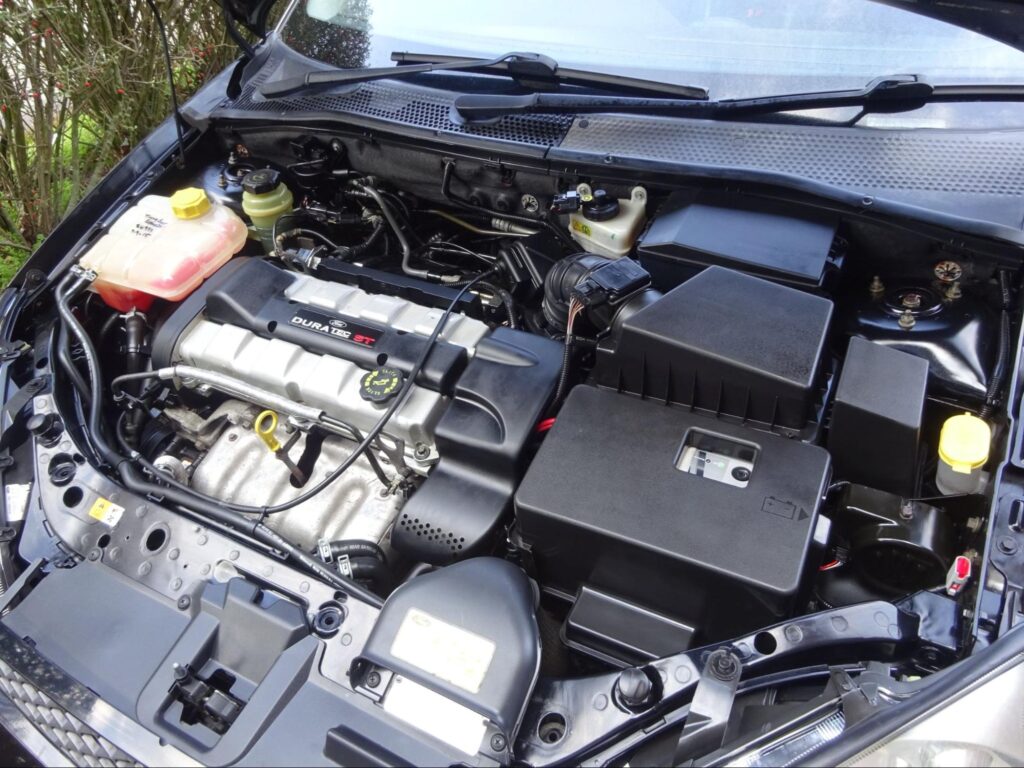
Styling wise large 17 inch alloy wheels house 300mm front disc brakes and 280mm rear discs with wider 215/45 tyres ensuring excellent traction with the road for acceleration and braking purposes. The suspension was lowered and stiffer than the “everyday” models.
The interior was vastly unchanged except half-leather seats as standard and optional Recaro full leather. Some sporty silver colours were added to trim and aluminium pedals which add to the feeling or performance!
Many of the competitors managed more power but the ST170 was dynamically one of the best in its class, Ford tried to keep it smothered so as to not infringe on the incoming RS. So not brutally fast but extremely pleasurable even by today’s standards!
The RS name Returns

Around the same time of the introduction of the Focus WRC car, Ford turned their attention to bringing back the RS name which had been dormant for many years, in the guise of a Focus RS. The car was revealed in the 2001 Geneva motor show. It used the 3-door shell (painted in Imperial Blue only) with blistered arches and its lowered stance made it look far apart from the everyday models.
The car was thoroughly re-engineered in a 15-month period with around 70% of the components being completely new or redesigned. The 2.0L Duratec-RS was a heavily reworked Zetec engine which developed around 212 bhp featuring a Garret Turbocharger, WRC-Style pistons, forged conrods, modified exhaust manifold with an enlarged exhaust bore, a water-air-intercooler and unique air intake system. A revised engine management system was utilised along with fuel injectors designed for a higher flow. It was good for 143 mph and a 0-60mph time of 5.9sec, not a speed monster by today’s standards but enough for the front-wheel drive platform to handle the performance. This was achieved partly by using a Quaife differential, which has a torque-biasing feature where torque was supplied to whichever wheel has the least traction to prevent wheelspin situations. I say “partly”, it was far from perfect in operation which makes the RS slightly unruly more often than preferred with torque steer being very prevalent grabbing one way or another.
The suspension was heavily revised, Sachs dampers were fitted with a thicker 18mm front anti-roll bar. The suspension was generally stiffened and lowered by 25mm with more extreme negative camber. The steering rack was also revised. Braking power was supplied by 4-pot calipers and Brembo 324mm ventilated discs up front. The brakes are covered by 18-inch OZ Racing light-alloy wheels.

In general the bodywork remains largely familiar with both interior and exterior but with some special elements! Unlike the WRC rally-car certain components needed to be mass produced, therefore wheel arch extensions and wings were made from metal. Bumpers were made from reinforced polypropylene. Side-sills and a rear spoiler added to that flare. Interior-wise the steering wheel is trimmed in a blue/black leather combination, aluminium pedals and handbrake handle added sport flashes and bespoke dials with blue sections helped to tidy up what was a pretty standard Focus dashboard. Sparco bucket seats hold you tight and a separate starter button is mounted on the centre console.
In total Ford produced exactly 4,501 MK1 Focus RS examples, all produced at its Saarlouis plant (all 3-door models were made there) between October 2002 and November 2003, retailing for £19,995. Around 2,150 models were sold in the UK.
Today it is widely recognised as the model that brought the RS name successfully back into the fold and represents the ultimate performance version of the MK1, while taking the New-Edge styling to a new degree of sharpness.
European Production Finishes
The MK1 underwent minor trim and electrical changes during 2003 (LED-bulb clusters and two-stage drivers airbag) but was on the whole completely unchanged from the Facelift launch. Limited editions were pretty frequent and two run-out editions called the “Flight” and “Edge” were on offer for the last 12-14 months of production. Production crossed over with the incoming MK2 Focus from December 2004 with the last remaining models produced in both Saarlouis and Valencia plants in early 2005. The last models were predominantly registered by the end of May 2005 with a few being registered later on.
